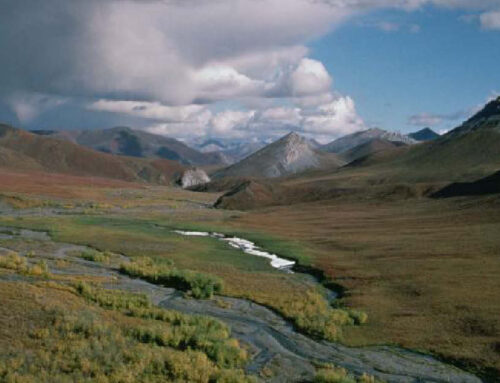In April, the Bureau of Land Management (BLM) quietly issued new guidance to operators of federal oil and gas leases explaining how to apply for royalty relief. The guidance is another nod to industry in a long list of giveaways from the Trump administration since the COVID-19 pandemic began to roil international oil markets in March. The plan to widely grant royalty relief is shortsighted and will cost state and federal taxpayers millions of dollars in needed revenue while doing little or nothing to help struggling oil markets.
The new guidance offers royalty relief over a 60-day term, which can be renewed an unspecified number of times. It promises quick turnaround with a five-day review period for processing application. The BLM even goes so far to suggest 0.5% as an example of what rate companies should request when they apply.
Normally oil and gas operators pay a royalty of 12.5 percent for onshore oil and gas. This rate is already lower than the 18.75 percent charged on offshore oil and gas production and is calculated as a percentage of the value of federal oil produced. So if the price of oil goes down, the royalty operators are required to pay does too.
Five days is also grossly insufficient to evaluate an economic analysis provided by an operator. A thorough evaluation would need to take into account the operator’s finances, projections for oil prices, concurrent bankruptcies by competitors, etc. The “simple economic analysis table” required of operators by the new guidance is inadequate for BLM to make an accurate determination of not only whether a reduction is merited, but also what degree of reduction is absolutely necessary. Further, the self-certified summary of operating costs for each lease described by the guidance does not appear to require any supporting documentation. The BLM will simply take the operator’s word for it.
Other than that, details on the royalty relief initiative have been sparse. The BLM has been tight-lipped on how many applications for relief it has received and there is no published protocol for how BLM will evaluate them. In the first batch of data available, it seems only BLM’s Utah state office has recorded applications (76 as of today) in the BLM’s public (but hardly accessible) database, the LR2000.
Unfortunately for taxpayers, the BLM is making all this merely an exercise in rubber stamping. Based on the only available data, every single application for royalty rate reductions filed in April (that’s currently logged in the LR2000) was approved. The 76 leases with reduced royalty rates cover nearly 90,000 acres of either federal or native lands in Utah. For roughly two-thirds of the leases, the BLM reduced the royalty rate operators must pay from 12.5 percent to 5 percent. In the other third of leases, the rate was reduced to 2.5 percent.
Rising oil prices in recent weeks underscore this exercise as unnecessary at best. At worst, the Trump administration’s shortsighted attempt to help its favorite industry by granting broad royalty relief to federal lessees will be more harmful than helpful. Encouraging more operators to produce oil cheaply will only exacerbate the oil glut driving price declines.











Get Social